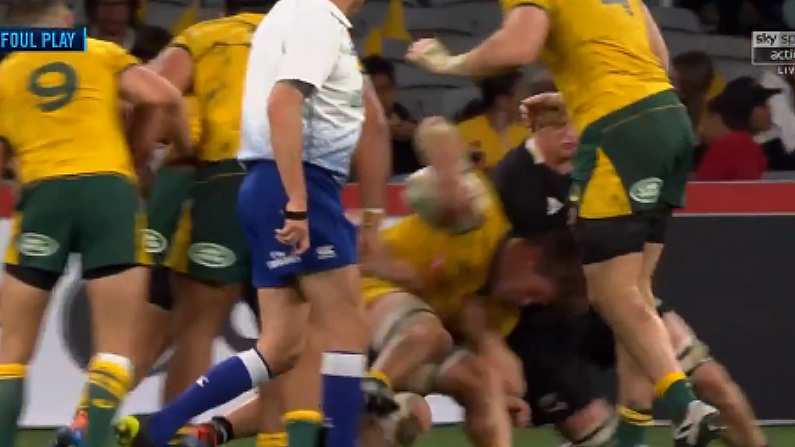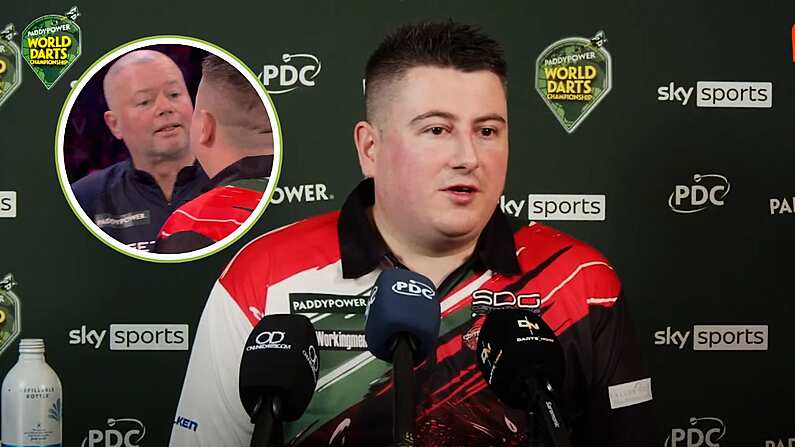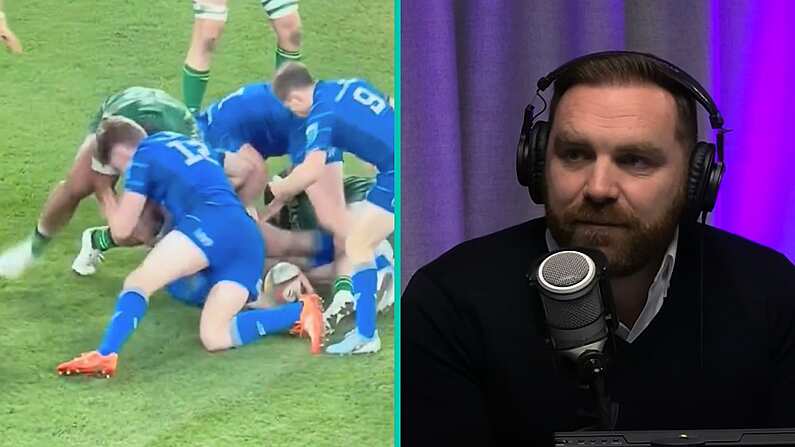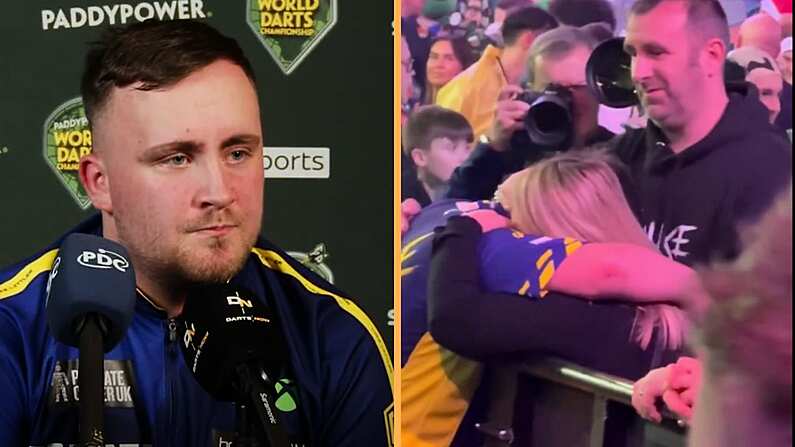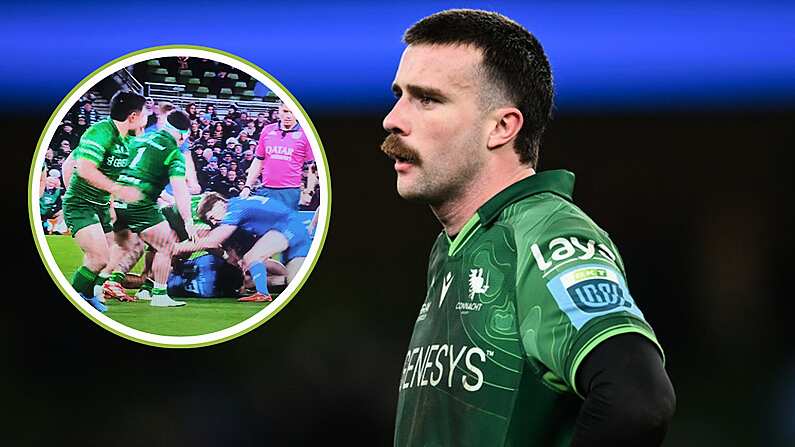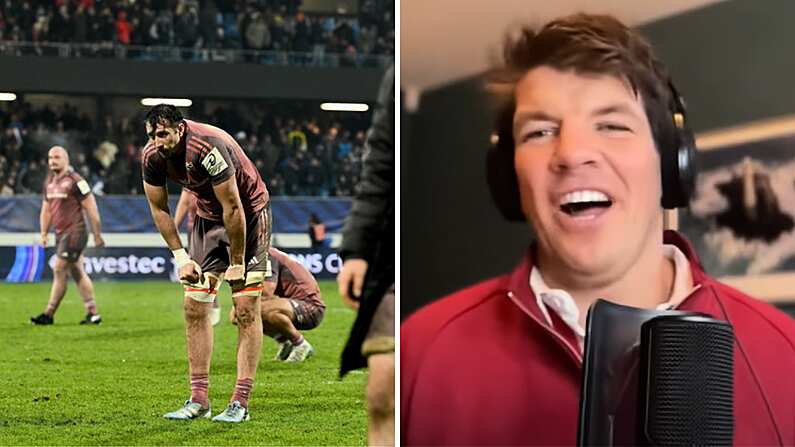With a World Cup on the horizon, players and fans are still coming to terms with the new head high hit criteria and New Zealand, uniquely, the victims of a red card during their Rugby Championship test match against Australia.
It came just before half-time with Scott Barrett the culprit. Jérôme Garcès, who famously sent off Sonny Bill Williams against the British and Irish Lions, was once again the decision-maker.
With Australia attacking the try line, a pick-and-go saw Barrett square up and make contact with the neck without wrapping his arm. Michael Hooper was low and had already been tackled when the impact came. Immediately, the referee stopped play and went to the TMO. He was clear in outlining the reasons for the call.
Never uses his arm. Just puts his shoulder and elbow on neck and head. It is clearly dangerous. It is direct with force. No choice. Red card.
But not everyone agreed.
Speaking on Sky Sports, former England international Will Greenwood was scathing in his criticism.
"My argument here, if that is a red card, there are red cards in every single breakdown. I mean every single breakdown. No chance," he said. "This is in and around the breakdown where it happens all the time."
I don’t want to undermine referees but at the moment, every time Garces appears refereeing an international match, before the game you go ‘there is going to be a massive call that is going to impact the game and he is going to hide behind the laws.’
Jérôme Garcès sent off Sonny Bill Williams (correctly) against the Lions. He has just sent off Scott Barrett (correctly) against the Wallabies.
Guess who is refereeing South Africa v New Zealand at the World Cup?#AUSvNZL— Paul Eddison (@pauleddison) August 10, 2019
Absolutely shocking call. Anything slowed down looks bad.. play it in real time. Can’t press pause in live sport.
— Ronan O Gara (@RonanOGara10) August 10, 2019
This was spelled out to us when WR introduced the new decision-making framework for high shots.
If you’re surprised by that call, you haven’t been paying attention.— Andy McGeady (@andymcgeady) August 10, 2019
cOnTRoVeRsIaL from Garces to use the framework for that decision, instead of the more reliable 'gee that's a massive call' entrail examination process pic.twitter.com/hjnSKDjqtq
— Russ Petty (@rpetty80) August 10, 2019
That’s a monster call in the context of how referees could implement the high-tackle/shoulder-charge sanction checklist at RWC 2019. Jerome Garces *not* shy.
— Charlie Morgan (@CharlieFelix) August 10, 2019
World Rugby did issue new guidelines earlier this year in relation to head high tackles. Those directives were clear that they wanted to change existing behaviours around the tackle.
With research demonstrating that 76 per cent of concussions occur in the tackle, with 72 per cent of those to the tackler, and that head injury risk is 4.2 times greater when tacklers are upright, the framework is aimed at changing player behaviour in this priority area, via the promotion of safer technique and builds on the January 2017 edict on tougher sanctioning of high tackles.
SEE ALSO: Stephen Ferris Outlines His Choice For Ireland's World Cup Back-Row Race

